The phenomenon of children dropping out of school en masse in Japan stems from many factors, including academic pressure, high competition and strict regulations in the school environment.
Japan’seducation system is known for its rigor and high standards, but this doesn’t always produce positive results. According to statistics from the Japanese Ministry of Education, there are about 300,000 students between the ages of 7 and 15 who are “futoko” – dropouts. These students are officially enrolled in schools, but do not attend classes or have very limited attendance.
The causes of this phenomenon come from many factors, including academic pressure, high competition and strict regulations in the school environment. In addition, bullying is also an important reason why many children refuse to participate in the traditional education system. Students who are "futoko" often face a feeling of isolation, not receiving enough support from schools or parents.
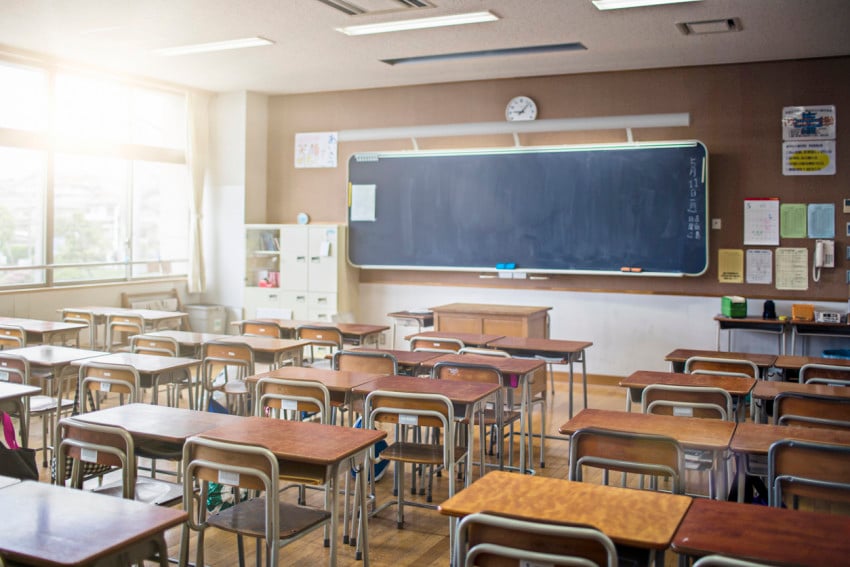
As many as 300,000 school-age children in Japan choose not to go to school. IG.
A survey of 40,000 elementary, junior high, and high school students at public schools in Tochigi Prefecture provided important data on dropout rates. The survey was conducted from July to August using educational devices, with a response rate of 72.8%.
When asked if they would like to go to school if they were not sick, 22.8% of 6th graders, 28.1% of 8th graders and 37.7% of 11th graders answered “yes” or “sometimes”. Of these, 6.2%, 8.6% and 10% actually missed school, respectively. The most common reason for absence among primary and secondary school students was “relationships with friends”, accounting for nearly 40%. For primary school students, 30% cited poor physical condition, while the figure for secondary school students was 10%.
Notably, when they wanted to drop out of school, 36.2% of sixth graders, 45.1% of middle schoolers, and 48.4% of high schoolers did not consult anyone. The main reasons included: "Not knowing what to say or how to say it," "Worried about bothering others," and "Fearing the reaction of the person sharing." About 20% of elementary and middle school students said they had no one to talk to.
In addition to the student survey, the Tochigi Prefectural Board of Education also conducted a survey of 2,001 parents, including 1,009 whose children had been absent from school for more than a month.
The results showed that the most common reason for primary school students to miss school was "relationship with teachers" (45.8%), while for secondary school students it was "atmosphere at school or in class" (42.5%). For high school students, "poor physical condition" was the main reason, at 41.7%.
Free school solution
In this context, free schools – also known as “free schools” – have emerged as an alternative. Since 2016, the number of free schools in Japan has doubled to 800. These are educational institutions that do not follow a traditional curriculum, but instead focus on children’s personal development and mental health. Although the quality and cost of these schools vary, they all aim to create a flexible, stress-free learning environment.
One of the most prominent examples of the free school model is Mamenoki School, founded in 2016 by Gen Nishimura and Anna Lodico in Tarumi Village. With around 50 students, Mamenoki has become a second home for many children who cannot adapt to a traditional educational environment.
There are no fixed classes, no grades or negative assessments. Students are encouraged to participate in hands-on activities such as cooking, gardening, playing musical instruments and organizing projects of their own ideas. These activities not only help them learn life skills, but also develop self-confidence and independence.
The mother of Kazuki, a 12-year-old student who was nervous about entering high school, said that after participating in the two-day experience at Mamenoki, her son found joy and comfort. Another mother from Kyoto also expressed satisfaction that her 6-year-old son was no longer looked down upon or isolated like he had been at his old school.
With tuition fees of $200 per month and reduced to $100 for single mothers, Mamenoki has not only attracted the attention of parents but has also gradually gained recognition from the local government. Sasayama City has officially recognized Mamenoki as a legitimate form of school attendance. Furthermore, the school receives financial support from the city, creating conditions for this educational model to develop more strongly.
The emergence of free schools like Mamenoki not only helps to solve the problem of school dropouts, but also offers hope for a more balanced and humane education. These schools show that not all children are suited to traditional school environments, and that providing flexible alternatives is essential to meet the diverse needs of students.
Source: https://danviet.vn/tre-em-nhat-ban-chon-bo-hoc-va-giai-phap-tinh-the-cap-bach-20241127224303715.htm



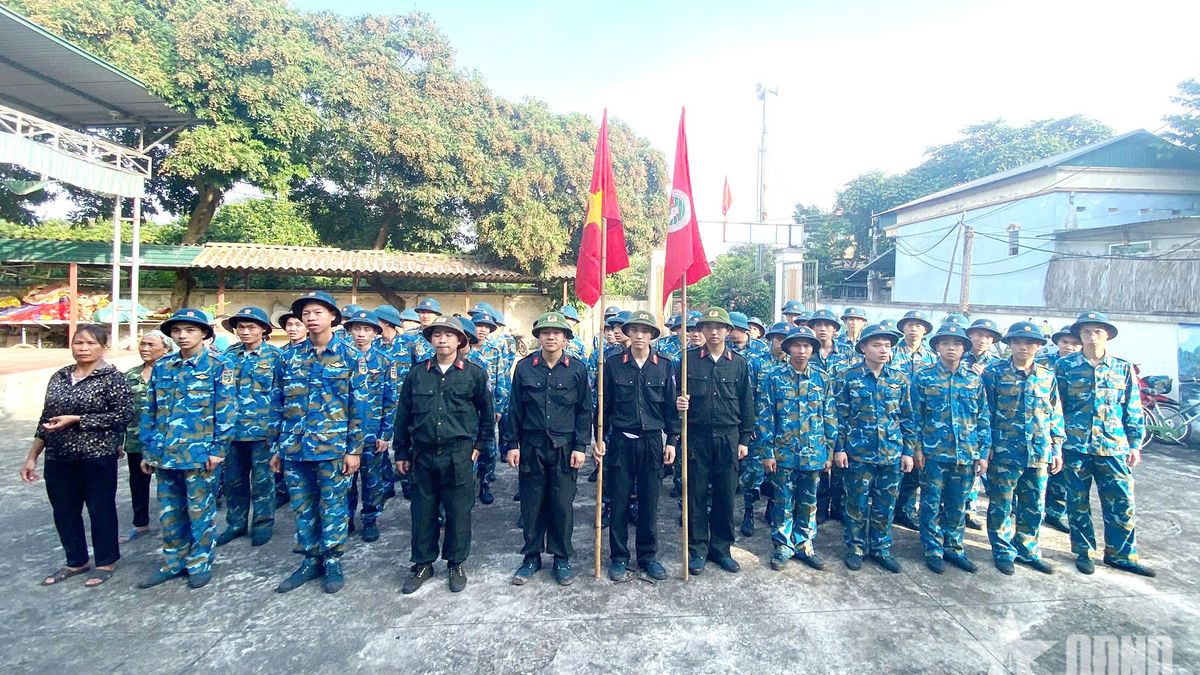



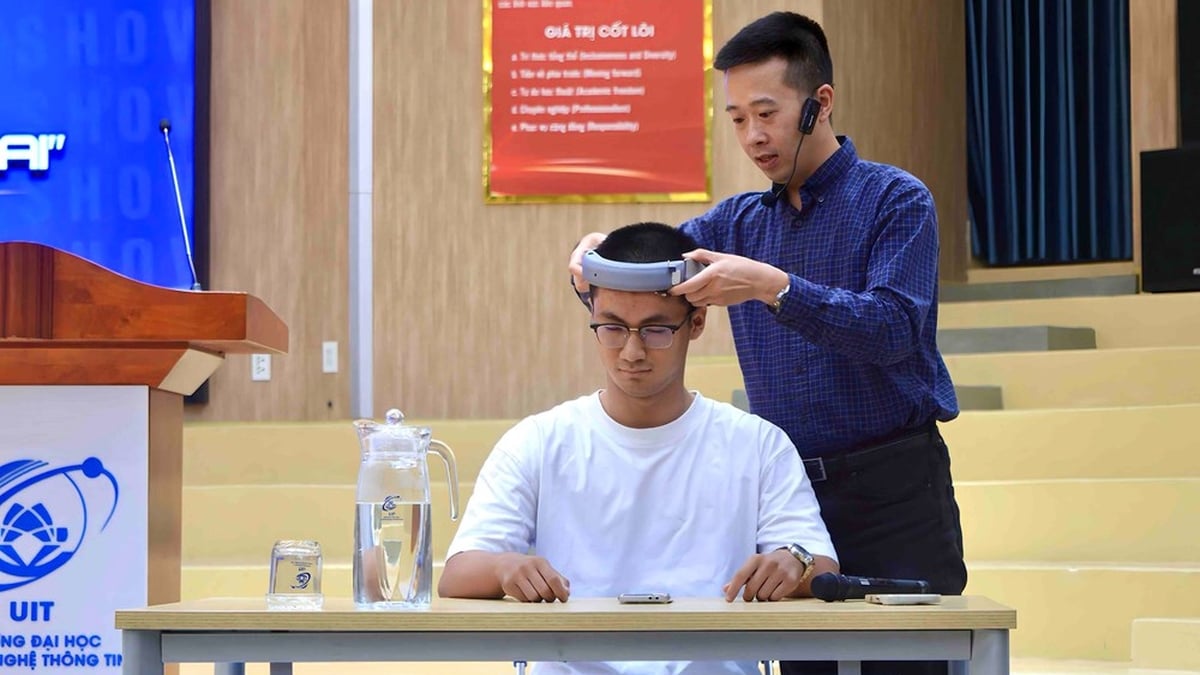






















































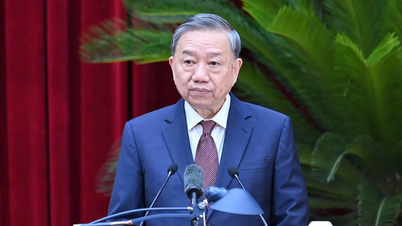
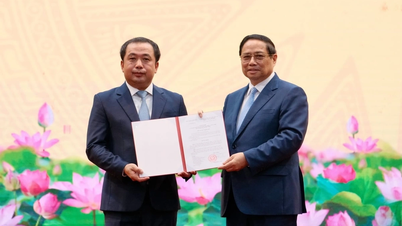








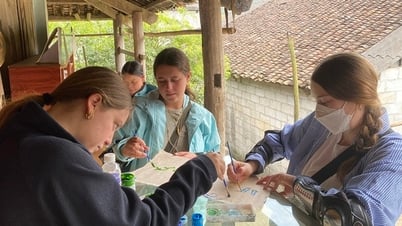



























Comment (0)